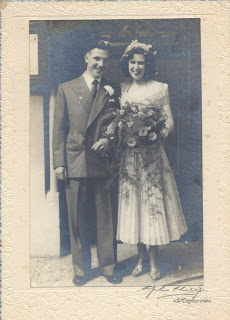The day started on BBC Sussex radio and an interview with Giddy's Nimbus Group's Co-director Carina Westling promoting the memory day. She read out a diary entry found during our research aof the Mass Observation Archive at The Keep.
Here's the radio interview with some images from our photographic research and first memory day:
1. Being on the 'front desk' welcoming the older people and talking them through the various consent forms they needed to sign.
2. Scanning images that people may have brought in.
3. Assisting photographer Elizabeth Doak in taking portraits.
4. Interviewing older people working with sound recordist Paul Farrington.
5. Independently interviewing and recording oral histories.
6. Generally chatting with newcomers and helping with the essential cups of tea etc.
 See below a selection of the photos taken on the day. Elizabeth was looking for expressions that somehow captured their different personalities and response to sharing their stories. The gentleman with his eyes closed said he found the experience of sharing his stories quite an emotional one. We selected different backgrounds using material from 40's/50's and 60's and changed these from time to time. These images may end up as part of the exhibition and perhaps on the App itself.
See below a selection of the photos taken on the day. Elizabeth was looking for expressions that somehow captured their different personalities and response to sharing their stories. The gentleman with his eyes closed said he found the experience of sharing his stories quite an emotional one. We selected different backgrounds using material from 40's/50's and 60's and changed these from time to time. These images may end up as part of the exhibition and perhaps on the App itself. |
| Pupils working with Elizabeth to take portraits |
  |
| Photos brought in by participant of the Memory day |
 |
| Caricature drawn by Ben Ware, brought in by his daughter who also took part in recording her own oral history. |
 |
| Dance hall in Brighton brought Photos brought in by participant of the Memory day |



























